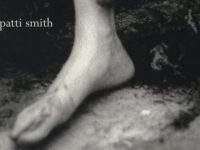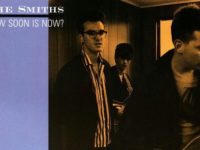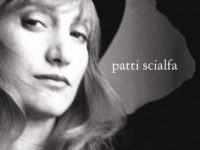Patti Smith’s memoir of her life and connection with artist Robert Mapplethorpe was pretty inspiring stuff. The happy collision of two wild kids (wild in their own way) in New York City turned into a lasting and productive friendship.
Productive? Yeah, I don’t mean this in the empty capitalist citizenry way — a “productive member of society” — but in the sense that Smith and Mapplethorpe’s love for each other supported their life’s goals, even if said goals weren’t exactly clear from the start.
So, we had Mapplethorpe the artist and Smith the poet. As time went by, Smith encouraged Robert’s art (both constructions and photograph) while Mapplethorpe pushed the idea that Patti should gain exposure for her writing through readings. Of course, this led to Patti’s reading with Lenny Kaye on guitar, which in turn sent her down the road to her destiny as rock & roll poet.
What struck me in reading Just Kids was Patti Smith’s devotion to her craft, even amidst the debauchery of the times. The 1970s and the Max’s Kansas City scene seemed at odds with the lady poet who did not initially indulge in drugs or drink. While all of that bad craziness whorled around her, she managed to remain something of an observer. I suppose that’s what a writer does.
I was completely unaware of Smith’s story when she hit it big with “Because the Night.” All I know is that Easter arrived in March 1978 with an open and raw quality that was somehow unsettling. Being a little slow on the uptake at the time, I wasn’t always sure what Patti was getting at with her words, but their feral electricity was undeniable.
The sad truth is that there is no happy ending in the story of Patti Smith’s muses. Robert Mapplethorpe died from AIDS in 1989. Smith’s husband, guitarist Fred “Sonic” Smith, passed away in 1994. Somehow, Smith survived all of this and continues to create. To me, that’s the final inspiration.
- How Eric Clapton’s ‘Me and Mr. Johnson’ Made the Case for British Blues - March 20, 2024
- Why Todd Rundgren’s ‘Back to the Bars’ Remains So Powerful - December 13, 2023
- Reevaluating Bruce Springsteen’s ‘The Wild, the Innocent and the E Street Shuffle’ - September 11, 2023




